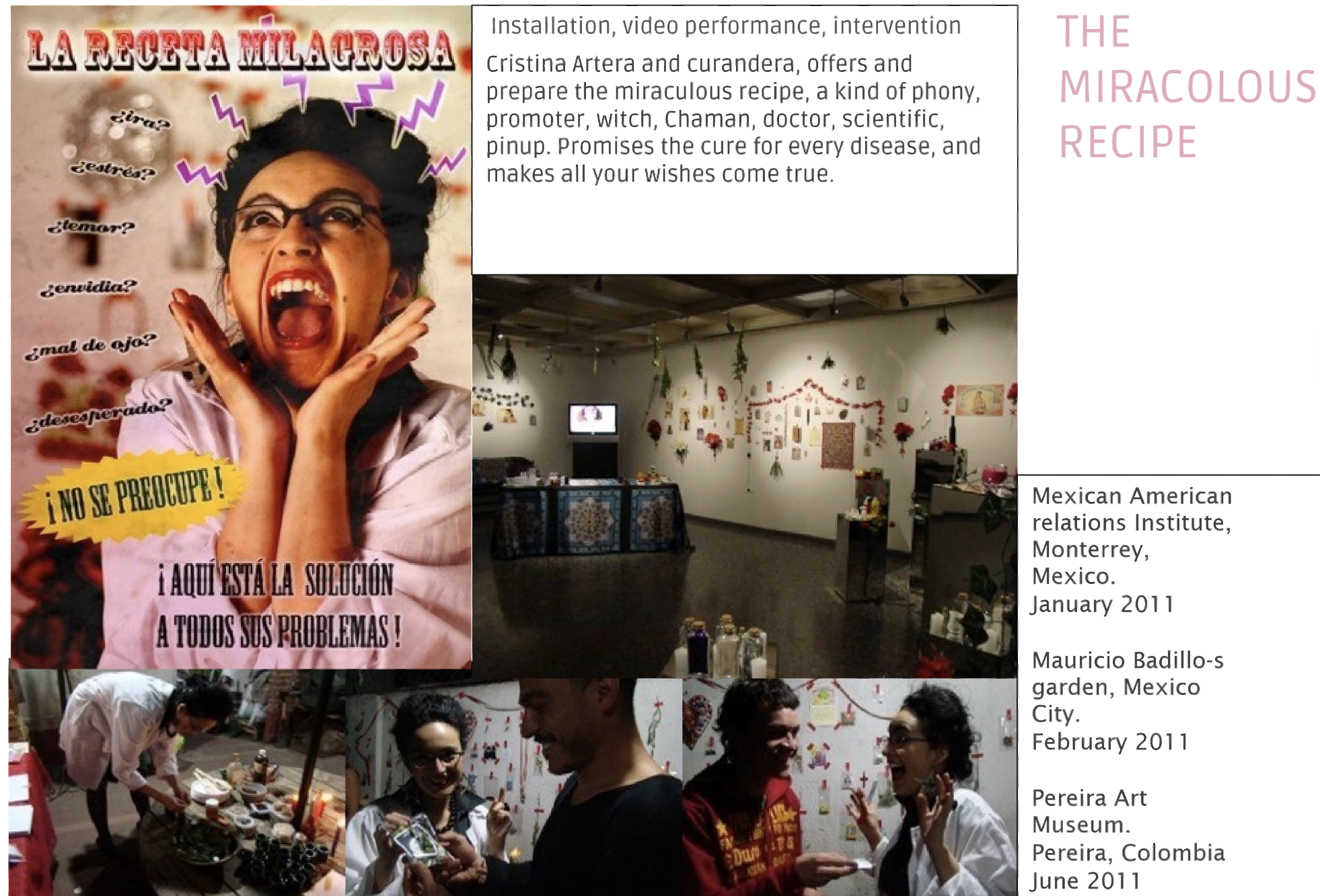
Category: Installation
-
The Miraculous Recipe

Exposition name: The Miraculous Recipe
-
Paramar
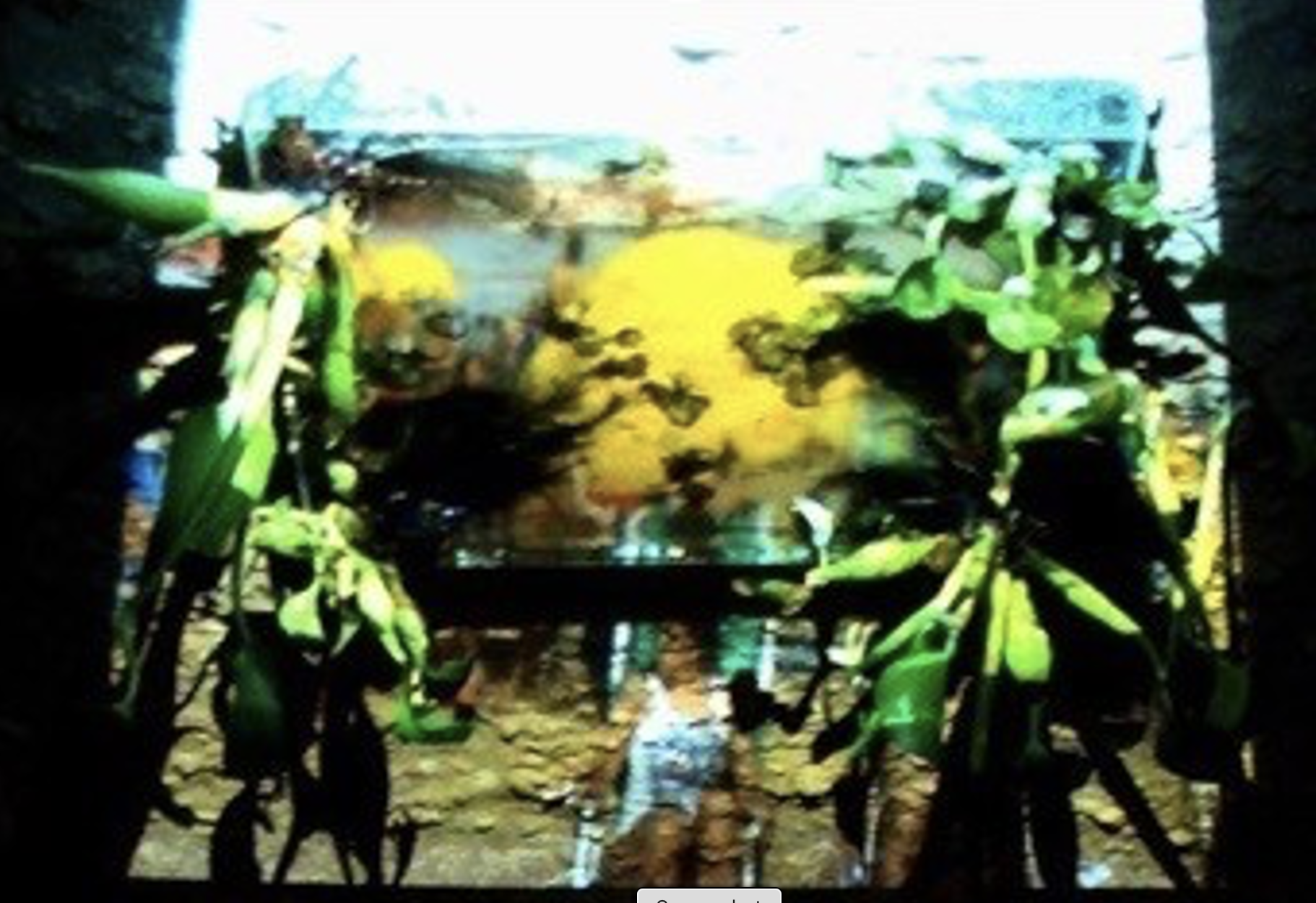
Exposition name: Paramar
Location: Casa Espacio de Obra. Rosario, Argentina
Type: Video Installation: Glass cup filled with sugar and ants.
Dimension: 15 square meters
Date: 2015
Description: This video installation consists of a projection on water, plants, and found objects sourced directly from the Paraná River in Rosario, Argentina. The footage features everyday scenes of people gathered along the riverbank, sharing and drinking yerba mate, capturing a moment of communal ritual and connection to place. Installed over a 15-square-meter area, the work was presented at Casa Espacio en Obra in Rosario in 2015, blending natural elements with moving image to evoke a sensory, site-specific reflection on social and ecological relationships. -
Ants Trap
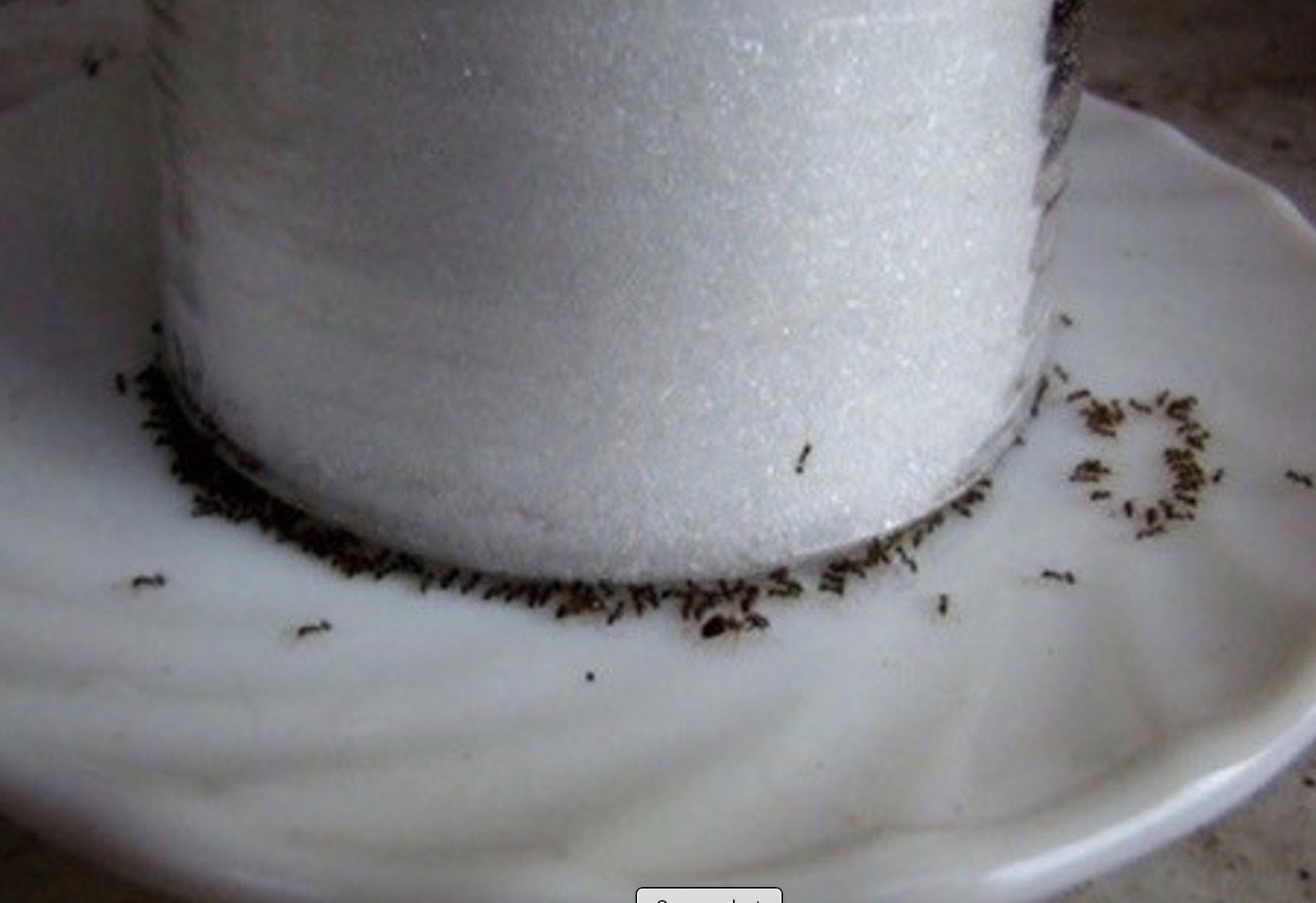
Exposition name: Ants Trap
Location: Casa Espacio de Obra. Rosario, Argentina
Type: Video Installation.
Date: 2015
Description: This experiment was designed to observe the behavioral response of ants to a concentrated source of sugar. A glass vase filled with sugar was placed on the terrace of the house where we were in residency. Over the course of two days, a camera captured the evolving activity: at first, two ants arrived and quickly died, but soon after, many others followed. Eventually, larger ants appeared and began organizing the smaller ones, forming a coordinated effort—an ant “army”—working together to lift the glass and extract the sugar. The footage even reveals what resembles a council or gathering of ants beside the vase, suggesting strategic decision-making. The piece draws parallels to human social and political organization, while also hinting at the stimulant effect of sugar and its impact on collective behavior. -
Practical Paganism
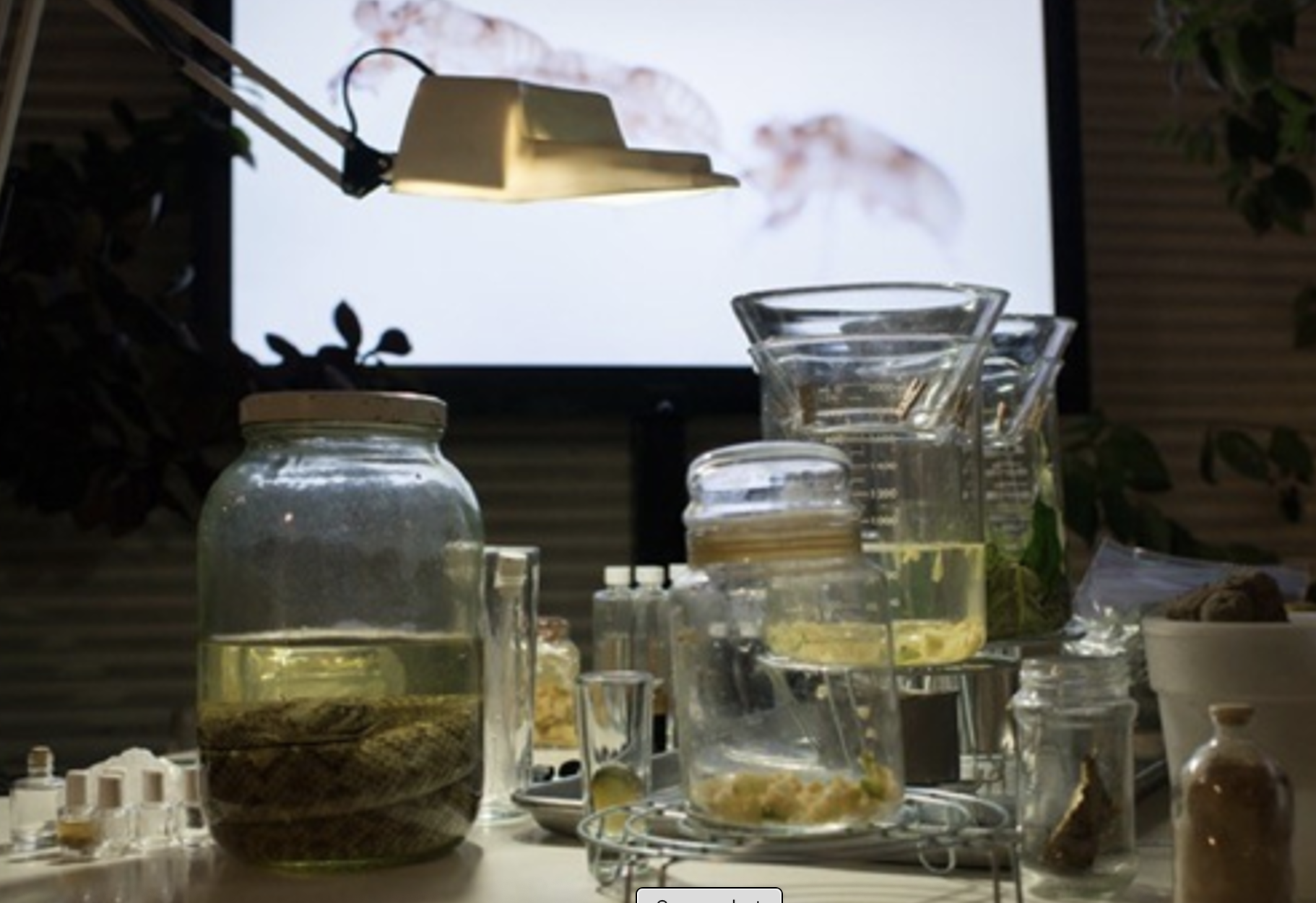
Exposition name: Practical Paganism
Location: Valle de Guadalupe, Baja California
Date: 2016
Description: Curated by Emanuela Ines Dunand, in partnership with Galerie Escougnou-Cetraro (Paris) and Muebles Sullivan (Mexico City). The 100-square-meter space functioned as an interactive laboratory featuring collections of plants, mushrooms, hydrolats, and bacterial cultures engaged in microbial “battles”—such as yogurt vs. cheese or yeast interactions. Additional chemical and botanical pairings included peyote and nutmeg, sotol and serpent, rosemary, salvia divinorum, tobacco, ants, eucalyptus, and more. Visitors were invited to observe and even consume some of the experimental preparations, activating the installation as a participatory space of fermentation, transformation, and sensory inquiry. The second part of the project, titled Magic Substances, presented a series of experiments involving biological and botanical agents to explore the creative and transformative forces of nature. Rooted in daily life and spiritual inquiry, the work highlights how bacteria and plants carry generative power, revealing new understandings of interspecies relations. Ochoa and Sumi approach transformation as both biological process and metaphysical potential, blending scientific experimentation with mythology, folk wisdom, and reflections on biopolitics. The installation invites reflection on the deep interconnectedness of life, suggesting that transformation—at every level—is essential to awareness, healing, and creation. -
In Vino Veritas
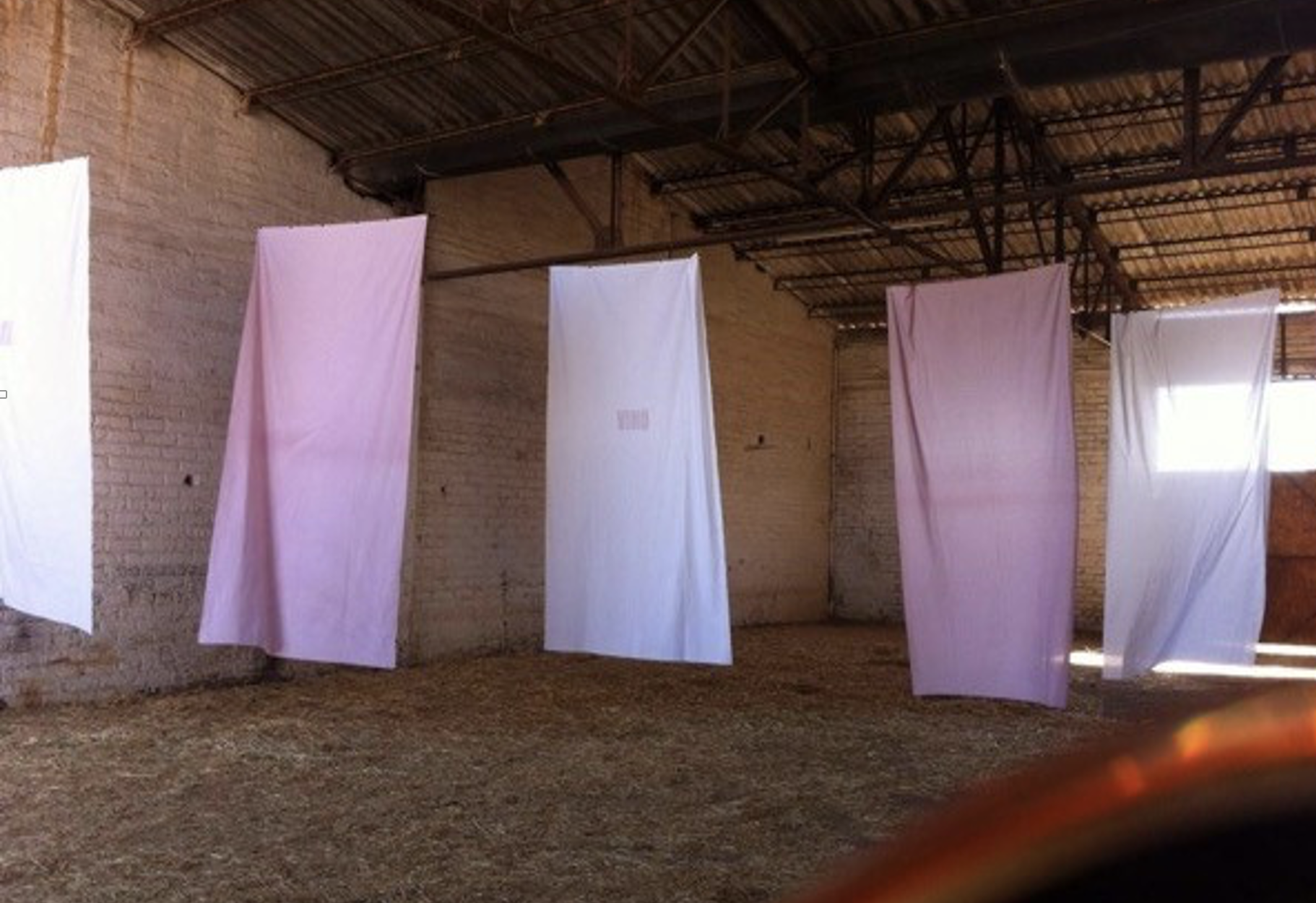
Exposition name: In Vino Veritas
Location: Mexico City, Paris
Collaboration between: Florian Sumi, Escougnou Cetraro gallery from Paris and Muebles Sullivan.
Curator: Emanuela Ines Dunand
Date: 2016
Description: Installation of cotton sheets hand-painted with wine, measuring 3 meters by 1.5 meters, created and exhibited in Valle de Guadalupe, Baja California, Mexico, in 2016. The work explores themes of ritual, transience, and sensory memory through the organic interaction between textile and fermented pigment. -
Pharmakon

Exposition name: Pharmakon
Location: Centre Cultural Maristany, Barcelone
Date: 2016
Curators: Juan Canela, Andrea Novoa and Verónica Valentini
Description: PHARMAKON is an ongoing artistic research project exploring the boundaries between pharmacy and the use of psychoactive substances. It opens a critical dialogue around the concepts of “drug” and “medicine,” functioning as an experimental laboratory that investigates the dual nature of healing and toxicity—where cure and poison often coexist. -
Garden of Oblivion

Exposition name: Garden of Oblivion
Type: Garden Intervention -
Future Goddess
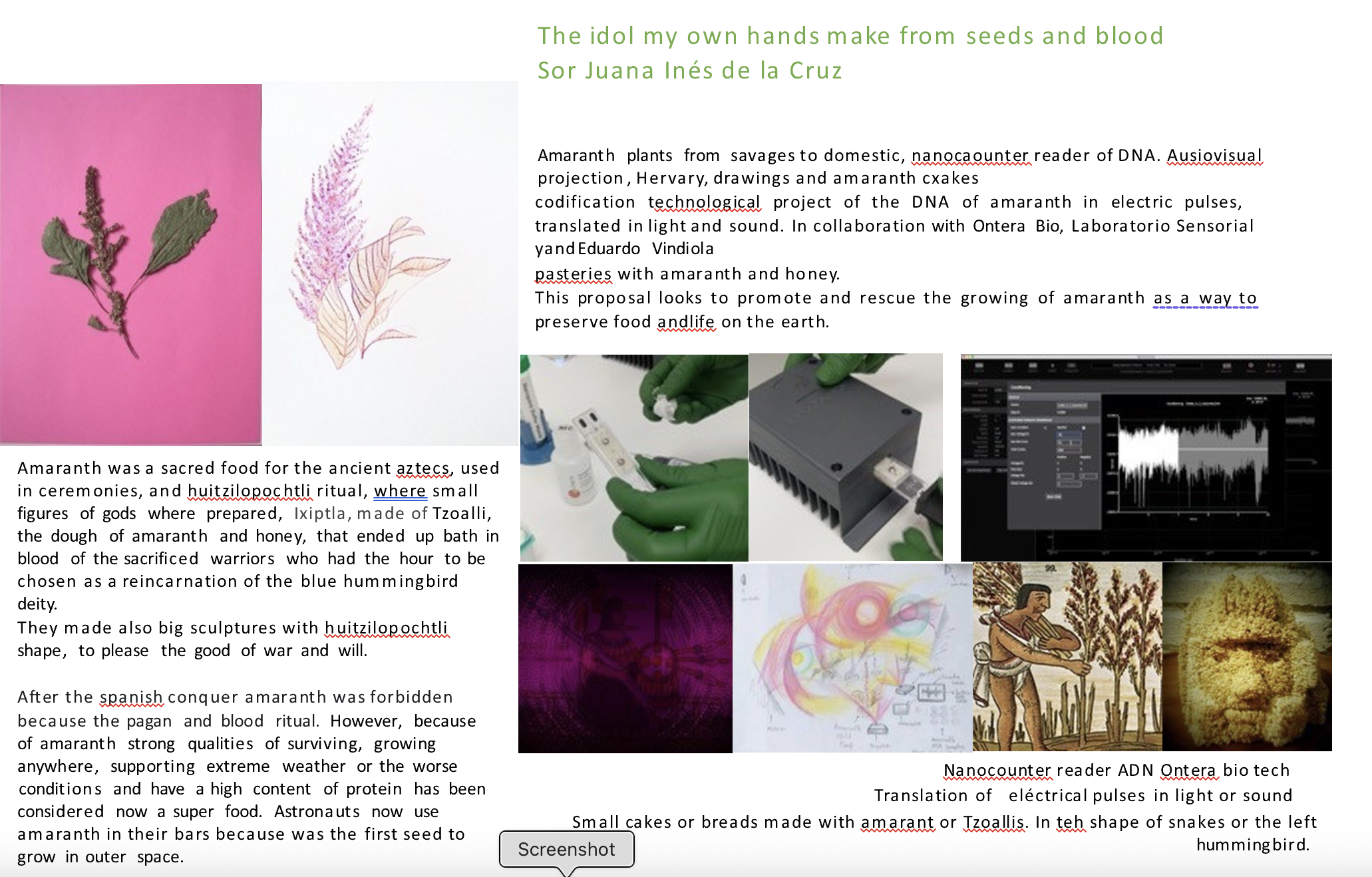
Exposition name: Future Goddesses
Type: Nano counter ADN reader.
Materials: Biotech
Date: 2019
Description: The Mayan legend of the Ololiuhqui or Xtabentún flower tells of two sisters: Xtabay, kind, generous, and misunderstood for her open-heartedness, and Utz-Colel, praised for her purity but inwardly cold and envious. When Xtabay died, her body released a sweet fragrance, and from it bloomed a delicate white flower—the sacred Xtabentún, used ritually by the Maya for its psychoactive seeds containing LSA. She became a compassionate goddess, guardian of desperate souls. Jealous, Utz-Colel vowed that a more beautiful flower would grow from her body. Upon her death, a stunning cactus appeared, but with a foul odor—the Tsacam, reflecting her true nature. Furious, she pleaded with the Lords of the Underworld and was allowed to return in Xtabay’s form, but as a demon. Since then, she appears beneath the Ceiba tree, luring intoxicated men into the underworld. The legend contrasts superficial virtue with genuine compassion and honors the spiritual power of love and generosity. -
Psychotropical Apothecary (Pharmakon)
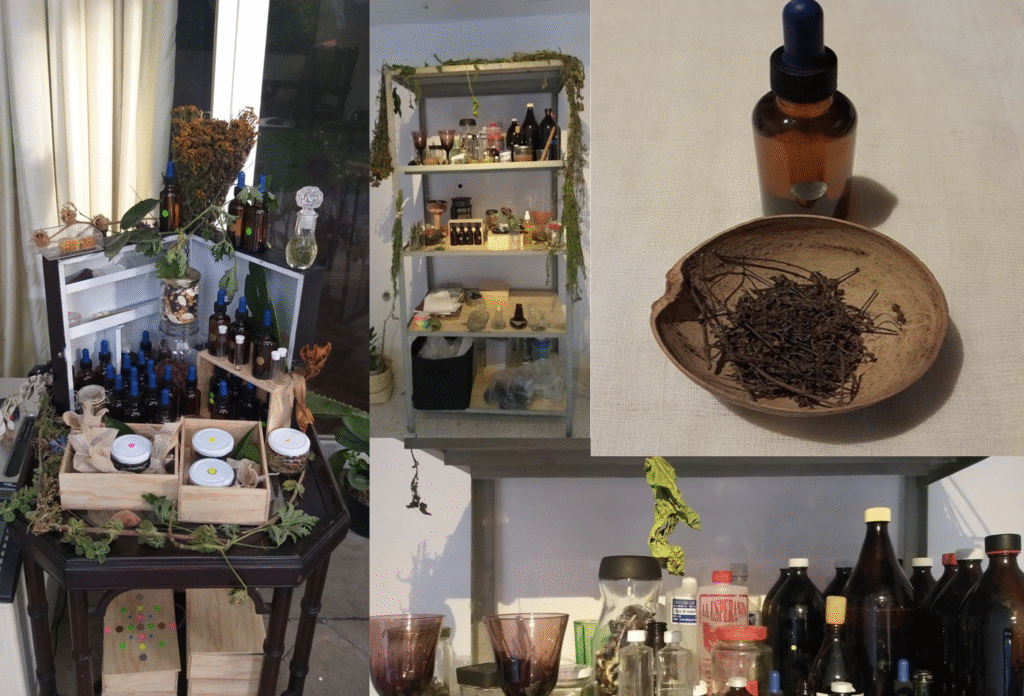
Exposition name: Psychotropical Apothecary (Pharmakon)
Type: Different art spaces
Date: 2020
Description: Mobile and permanent installation that brings together tinctures, micro-dosing practices, and live performance in an experiential and participatory format. Since its inception in 2020, it has been presented in various art spaces, inviting more than 3,000 participants—99.9% of whom have reported positive effects. This ongoing project offers a curated selection of plant-based preparations designed to heal the body, expand consciousness, and support neuro-hacking. Drawing from ancestral herbal knowledge and contemporary experimentation, the apothecary includes tinctures and extracts of Calea zacatechichi (the “herb of dreams,” used to induce vivid dreaming and activate the pineal gland), Psilocybe cubensis Mexicana (San Isidro mushrooms, known for boosting serotonin. -
Bioceno
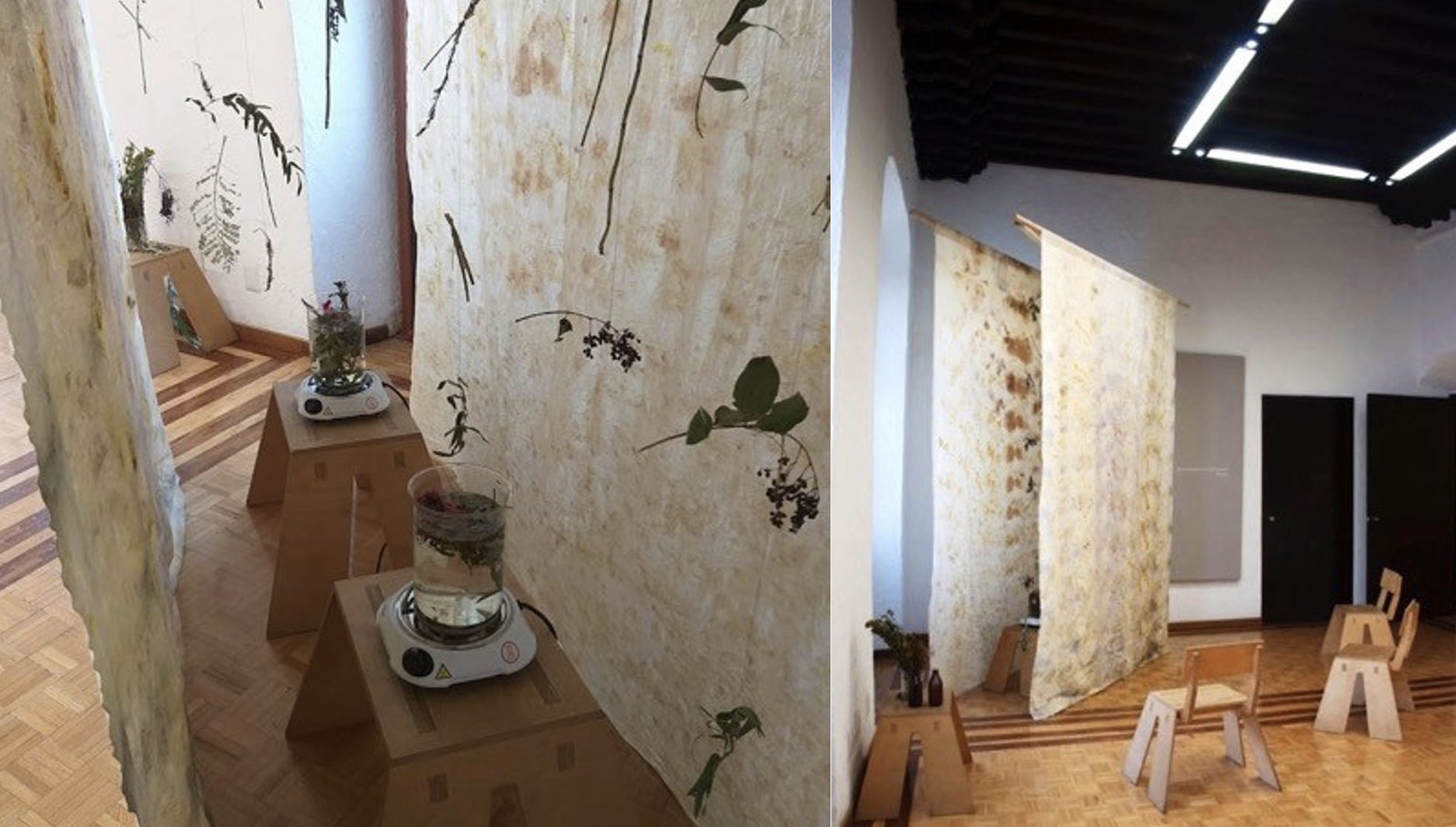
Exposition name: Bioceno
Location: Museo de la Cancillería, Mexico City
Date: Mar 2020
Curator: Jeannette Betancourt
Description: An immersive installation featuring cotton fabrics dyed with medicinal plants and accompanied by vapor vases designed for inhalation rituals. The aromatic steam carries the healing properties of pirul, eucalyptus, bougainvillea, pericón, cempasúchil, elderberry, horsetail, and orange blossom, evoking traditional cleansing practices for physical and spiritual renewal.